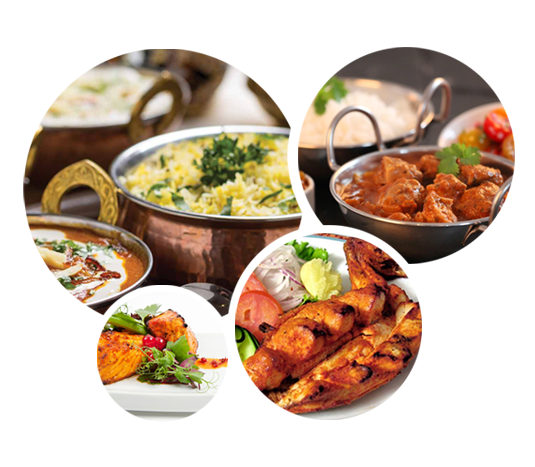Baking School In-Depth: French Tart Doughs - Bake from Scratch
If you’ve ever sunk your fork into a perfect tart—one with clean edges, a crisp texture, and a just-sweet-enough bite—there’s a good chance it began with one of France’s three iconic shortcrust doughs.These doughs, each with its own texture, technique, and temperament, form the foundation of pâtisserie, bridging the worlds of sweet and savory with buttery finesse.Join us for Baking School with Williams Sonoma on Monday, August 25, 2025, at 5 p.m.
PT.Laura Crandall will be your guide through fat ratios, flour choices, and technique-driven baking.It’s not just about pastry—it’s about control, confidence, and turning simple dough into something truly special.
Sign up here. Click here to download a printable PDF of this lesson! KITCHEN CONFIDANTS Pastry is about restraint—of ingredients, of movement, and, most of all, of temperature.Here’s what you’ll want at hand when working with pâte brisée, sablée, and sucrée.TART AND PIE PANS: For these recipes, fluted tart pans with removable bottoms are essential.
You want crisp, clean edges and easy release.Stick to light-colored metal pans, which conduct heat evenly and avoid the overbrowning that dark finishes can cause.Deep-dish for pie, standard 10-inch for tart.
(
Foody Chum
Publisher: Bake from Scratc



